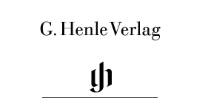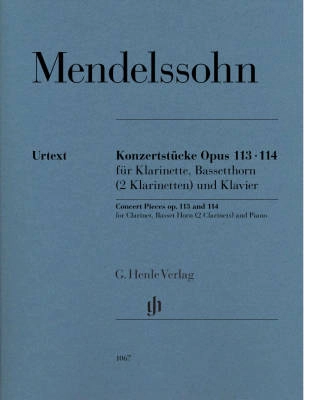Opens in a new window
G. Henle Verlag Concert Pieces op. 113 and 114 for Clarinet, Basset Horn (2 Clarinets) and Piano - Mendelssohn - Book
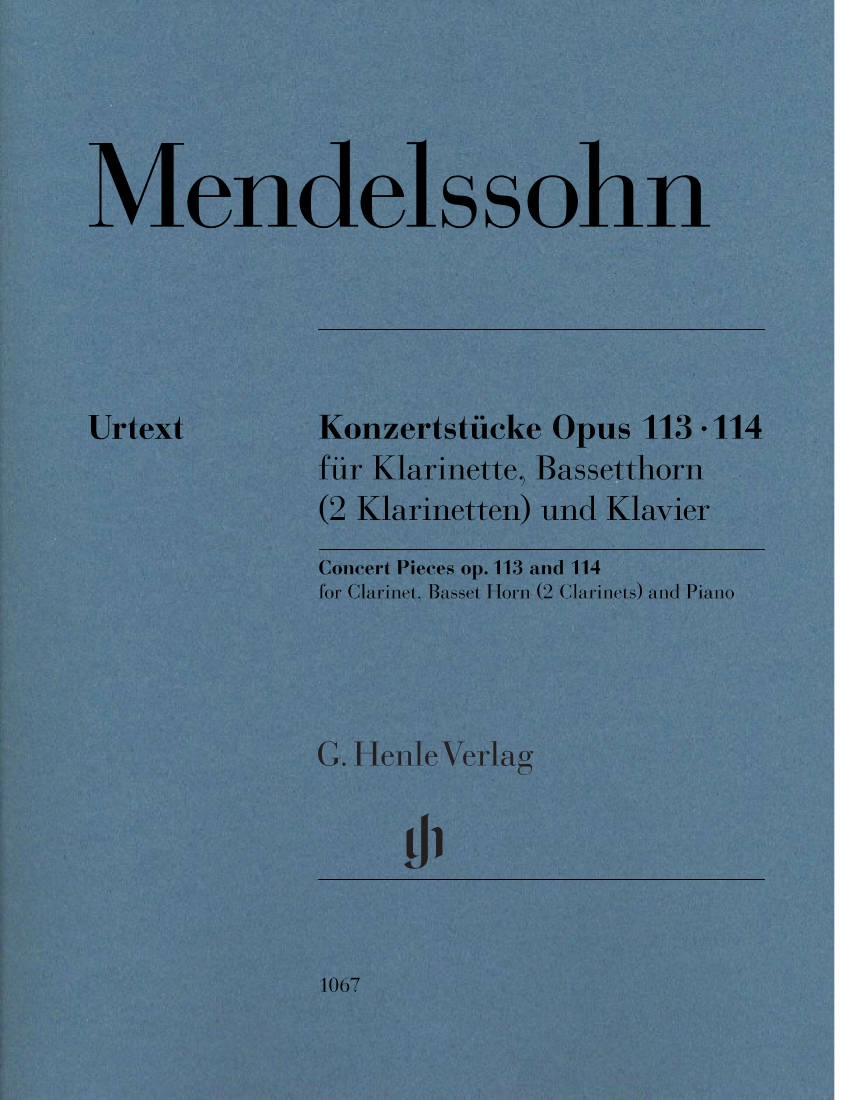
Additional Photos:
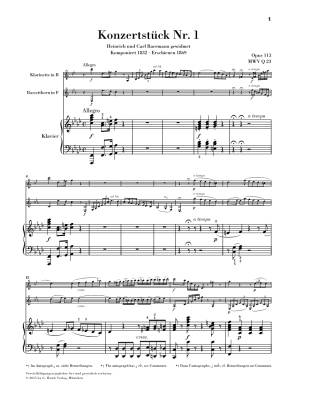
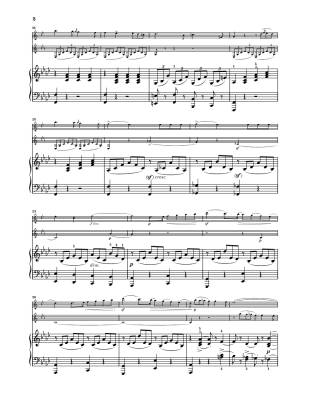
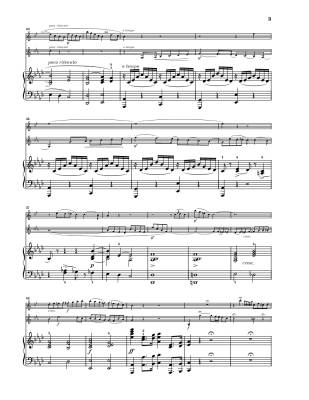
- Composer/Author: MENDELSSOHN, FELIX
- Instrumentation: CLARINET DUET
- Model # 51481067
Composer: Felix Mendelssohn Bartholdy
Editor: Frank Heidlberger
Fingering: Klaus Schilde
Format: Book
Instrumentation: Clarinet, Basset Horn and Piano (with additional, alternative clarinet part for the basset horn part)
"Favourite dish in exchange for favourite music" -- this perfectly summarizes the genesis of the Konzertstucke. When the clarinettist Heinrich Joseph Baermann and his son Carl, who also played the basset horn, stopped to pay a visit to Felix Mendelssohn Bartholdy in 1832, they came to a most curious agreement: they promised their composer friend a generous portion of "Dampfnudeln" (steamed dumplings) and "Rahmstrudel" (sweet-cheese strudel) that Mendelssohn was mad about, if he were to write a piece for them which they could use on their concert tours. The Konzertstuck in f minor that originated in this fashion was followed shortly afterwards by a second one in d minor. Both are extremely effective works which wonderfully bring out the unique sound and performance technique of the two instruments from the clarinet family.
Q & A
There are currently no questions for this product.
Reviews
There are currently no reviews for this product. Be the first to write one!

